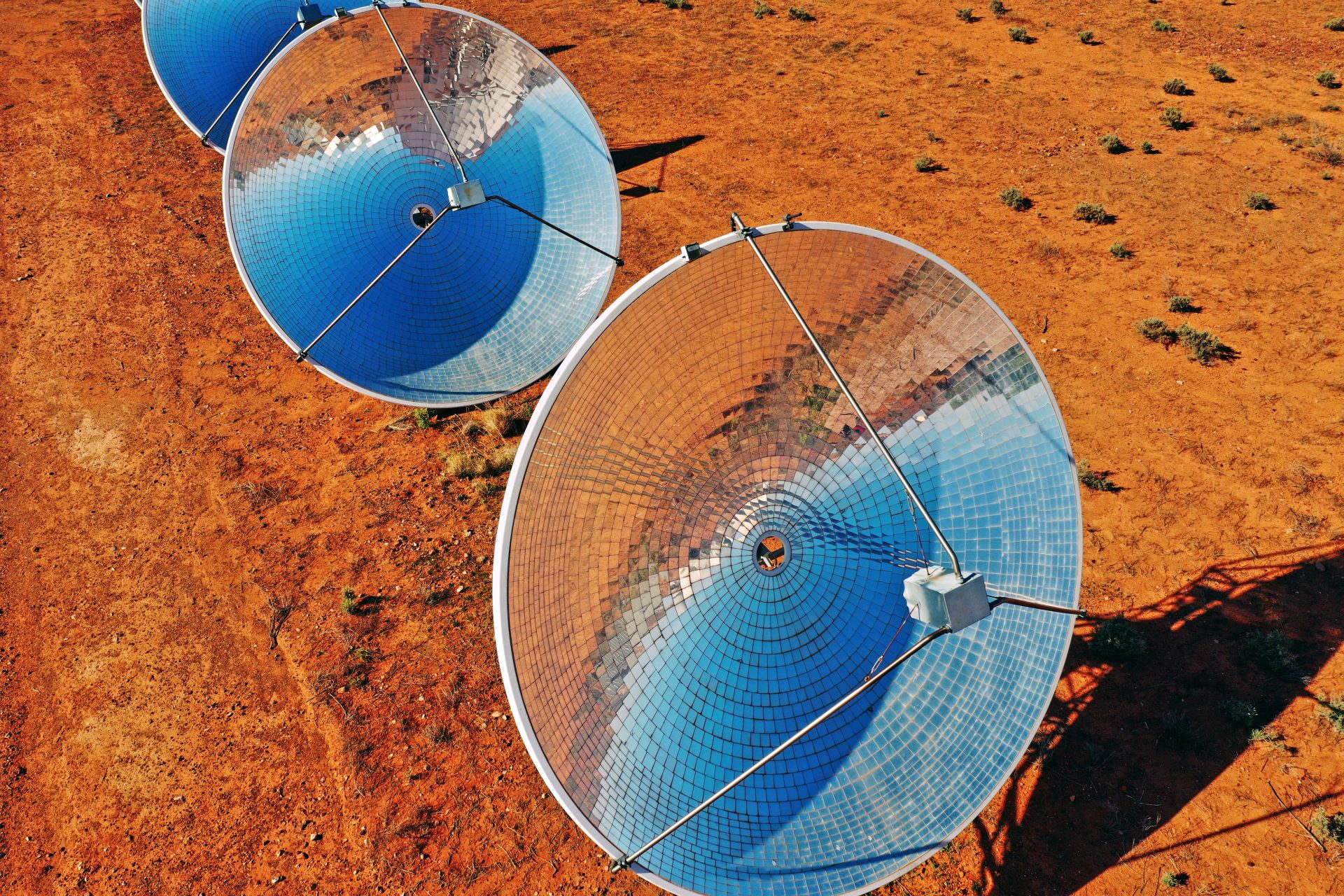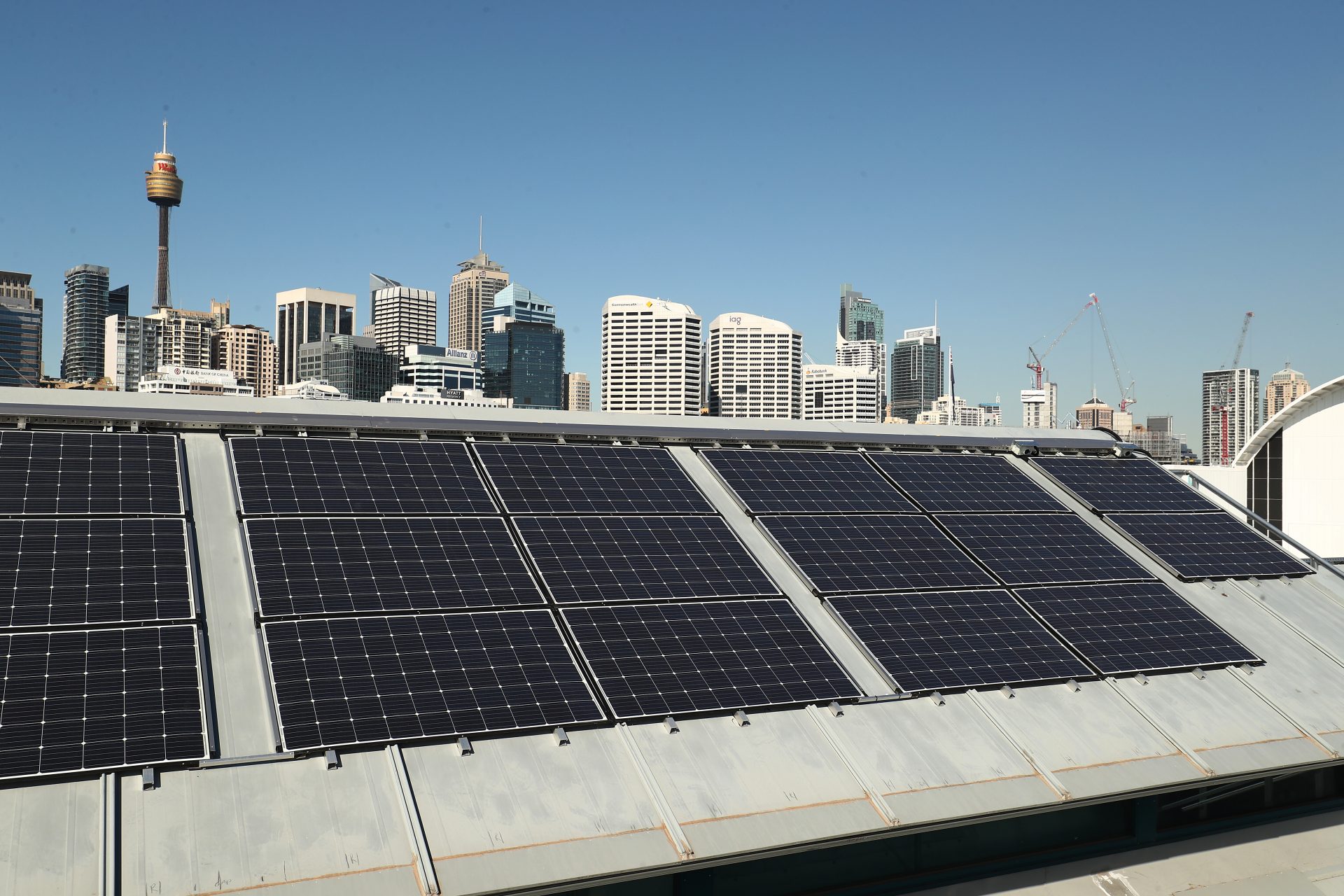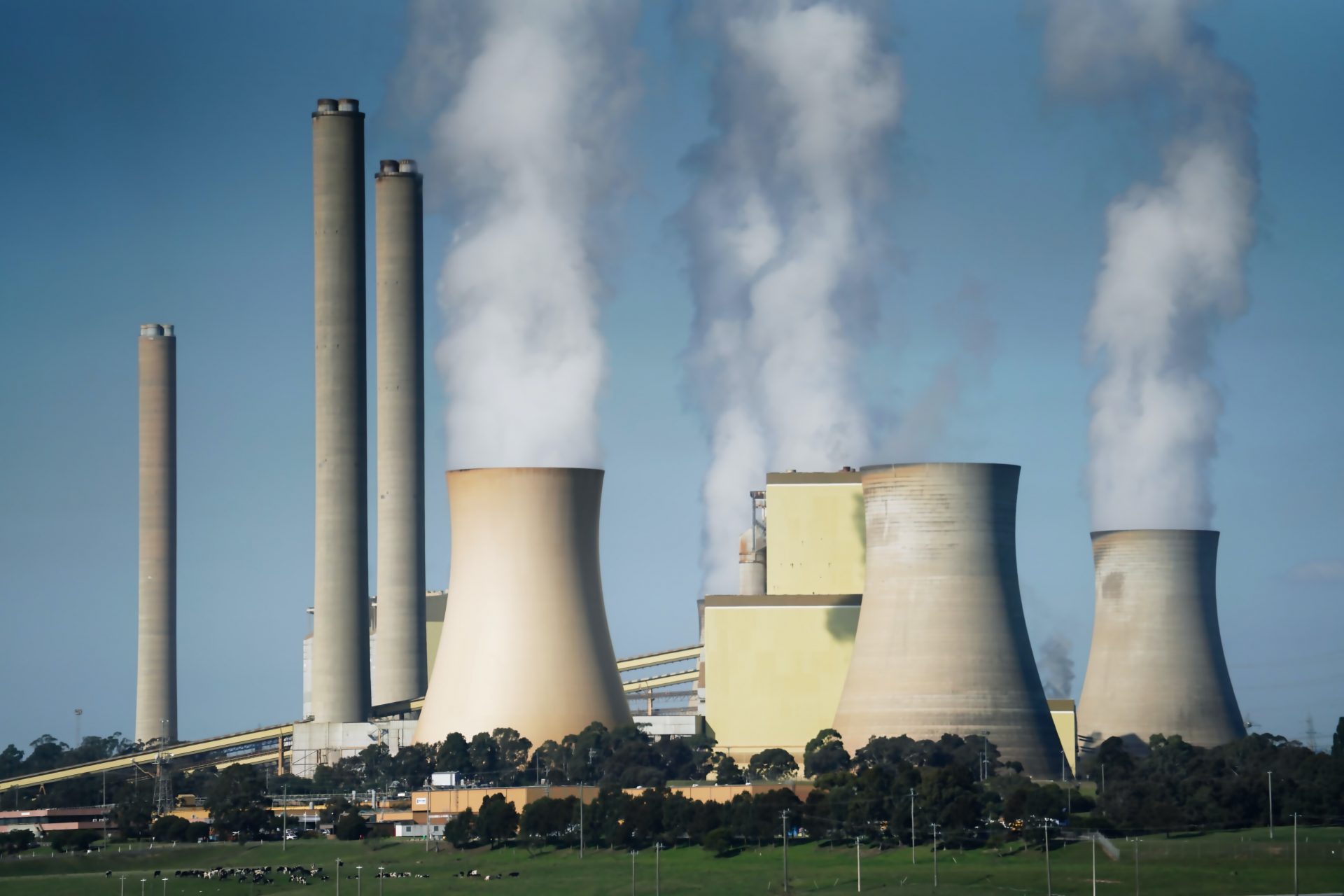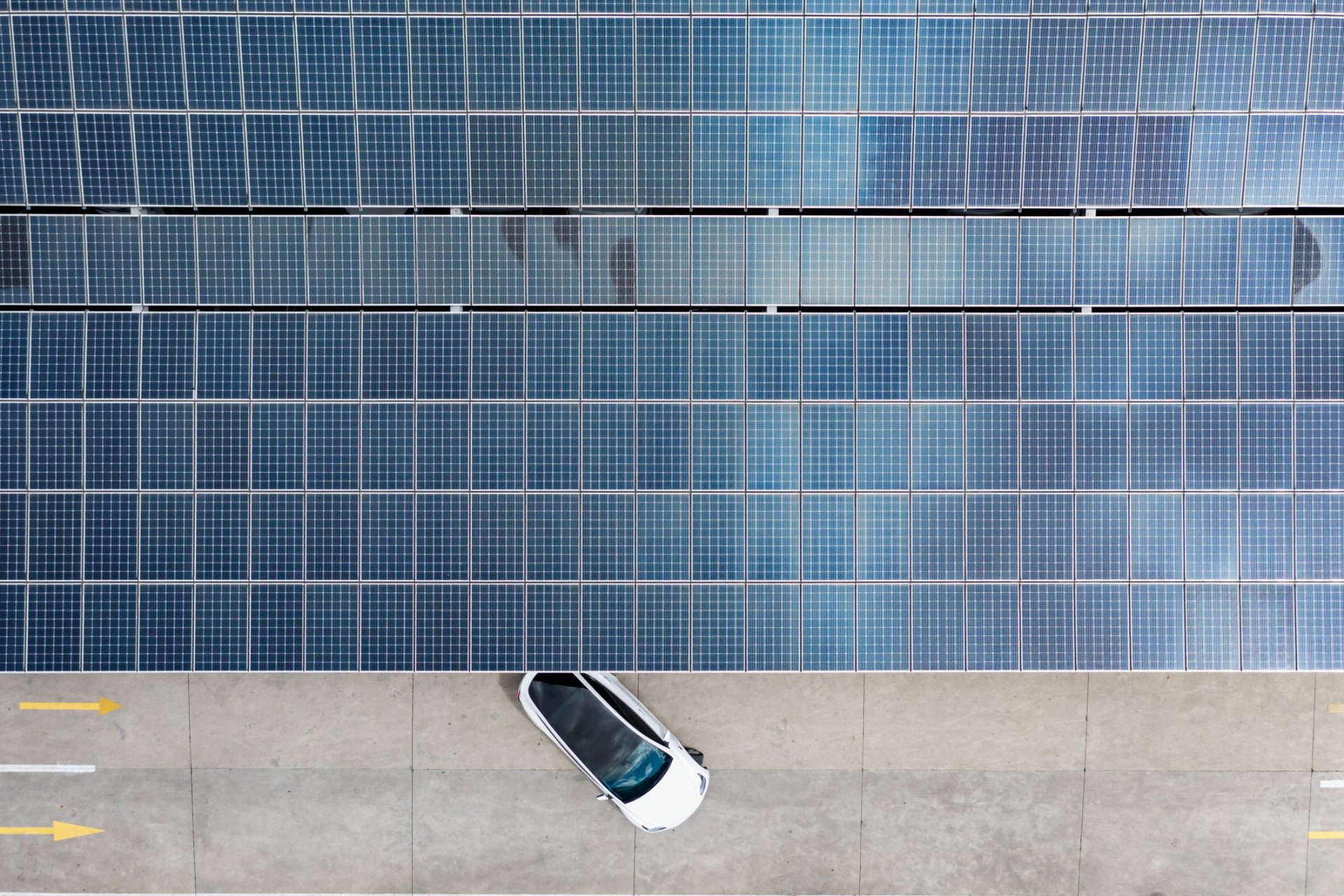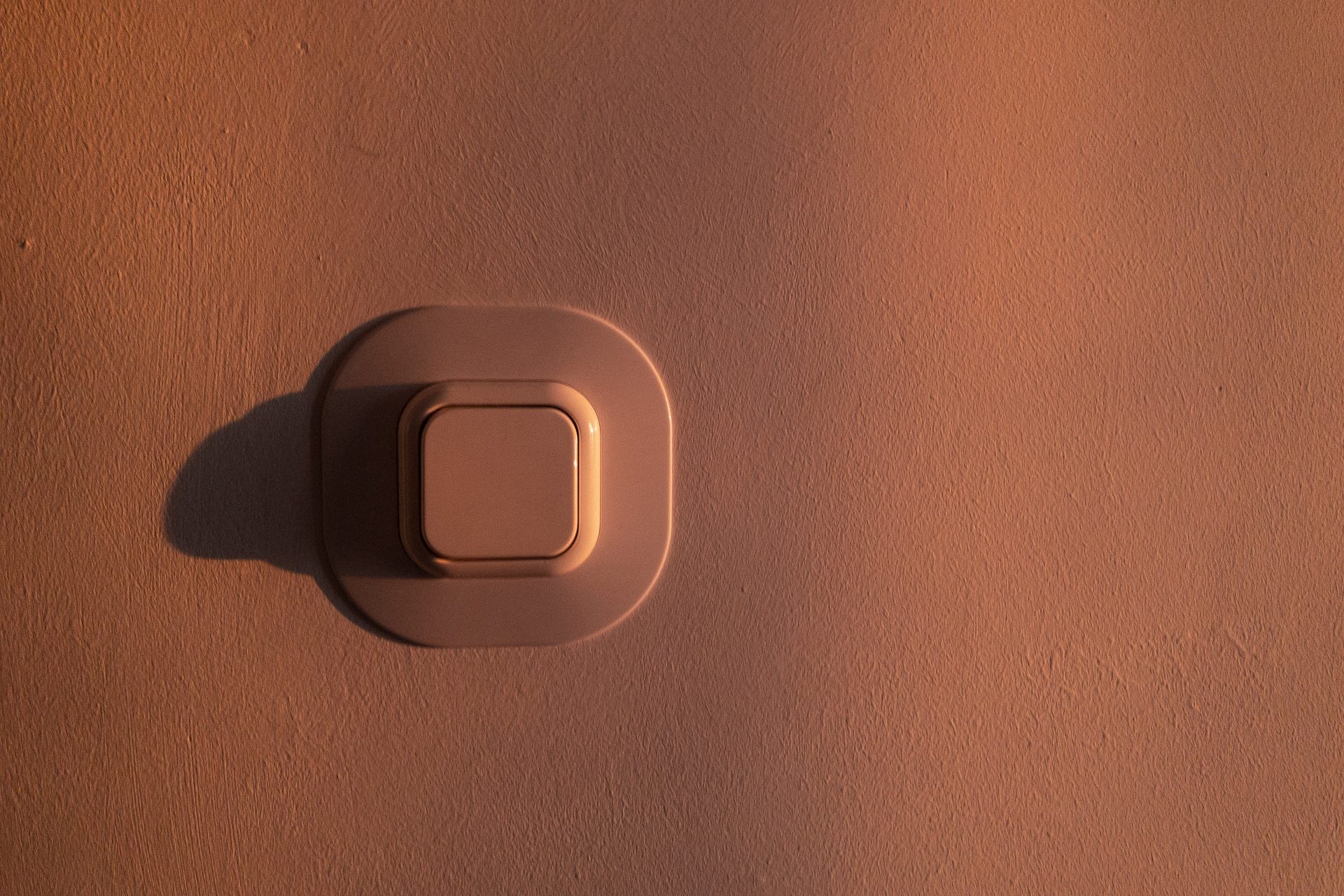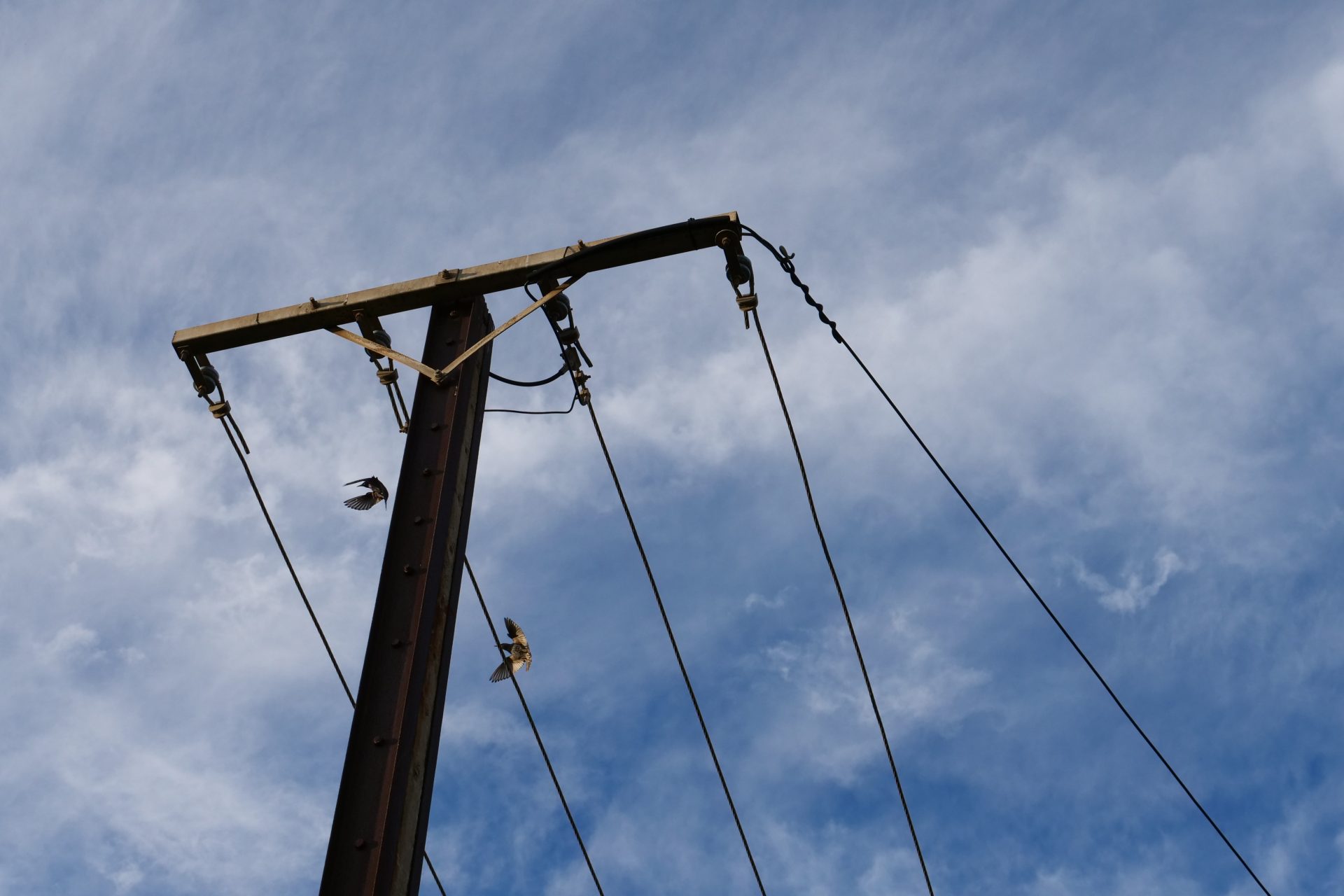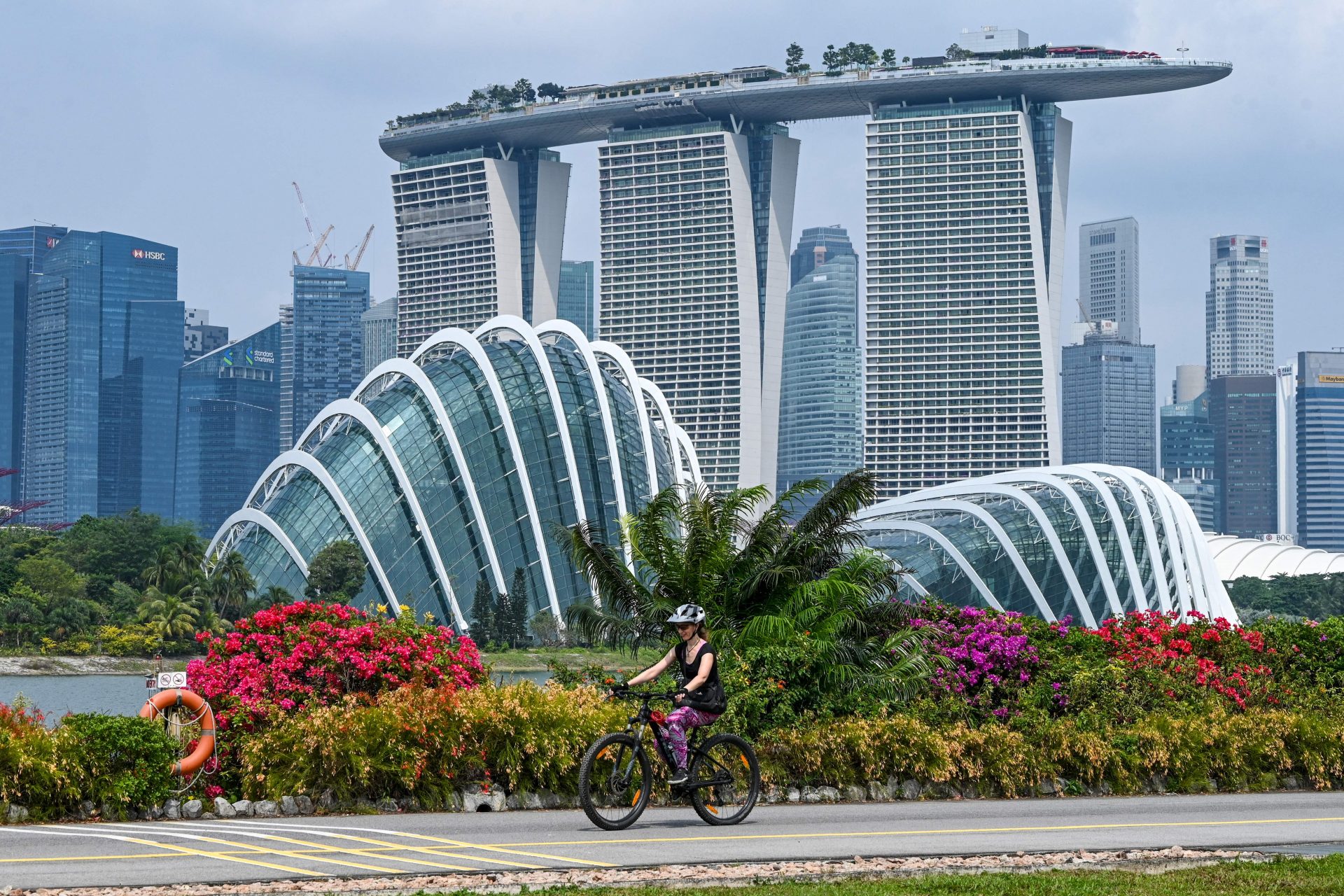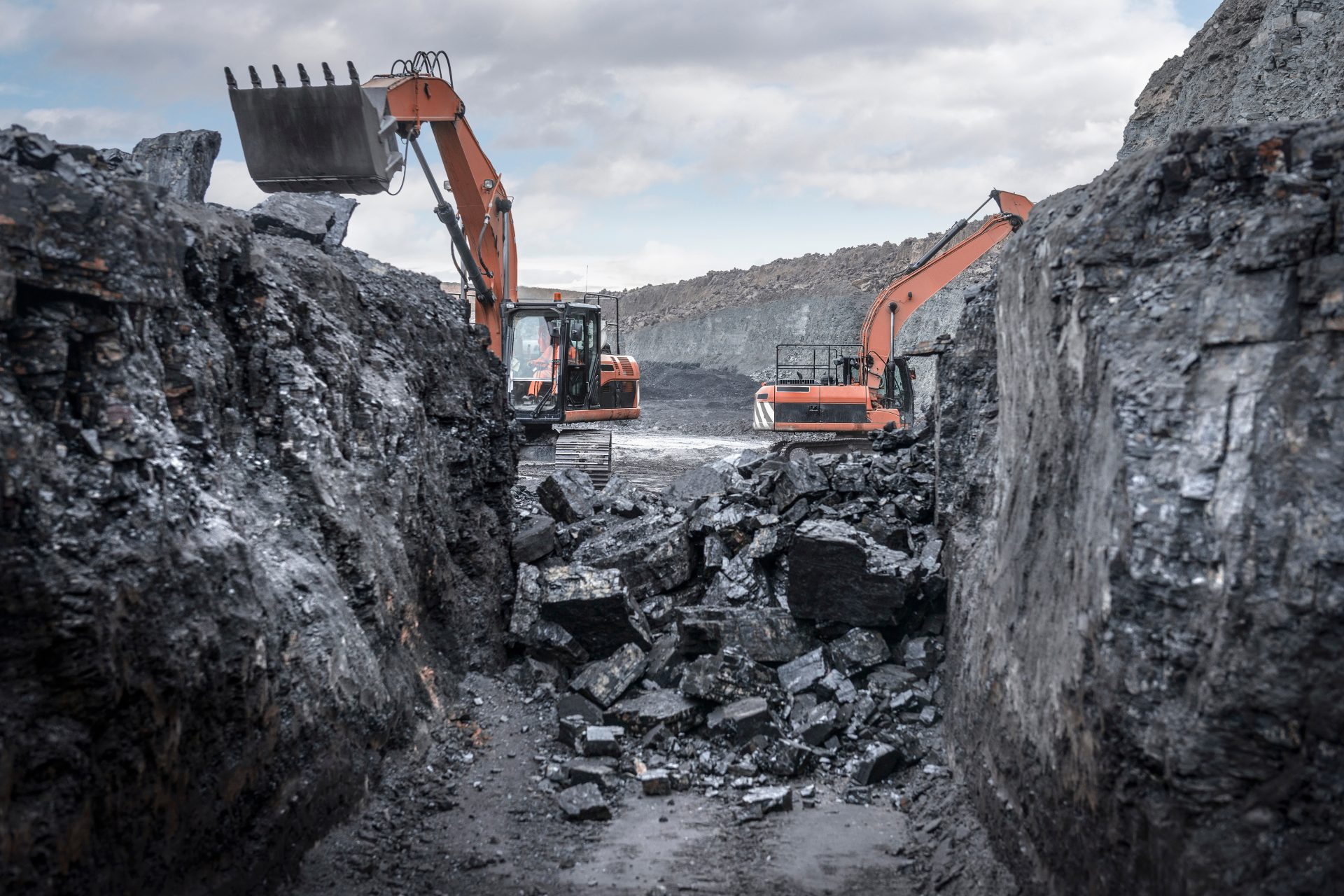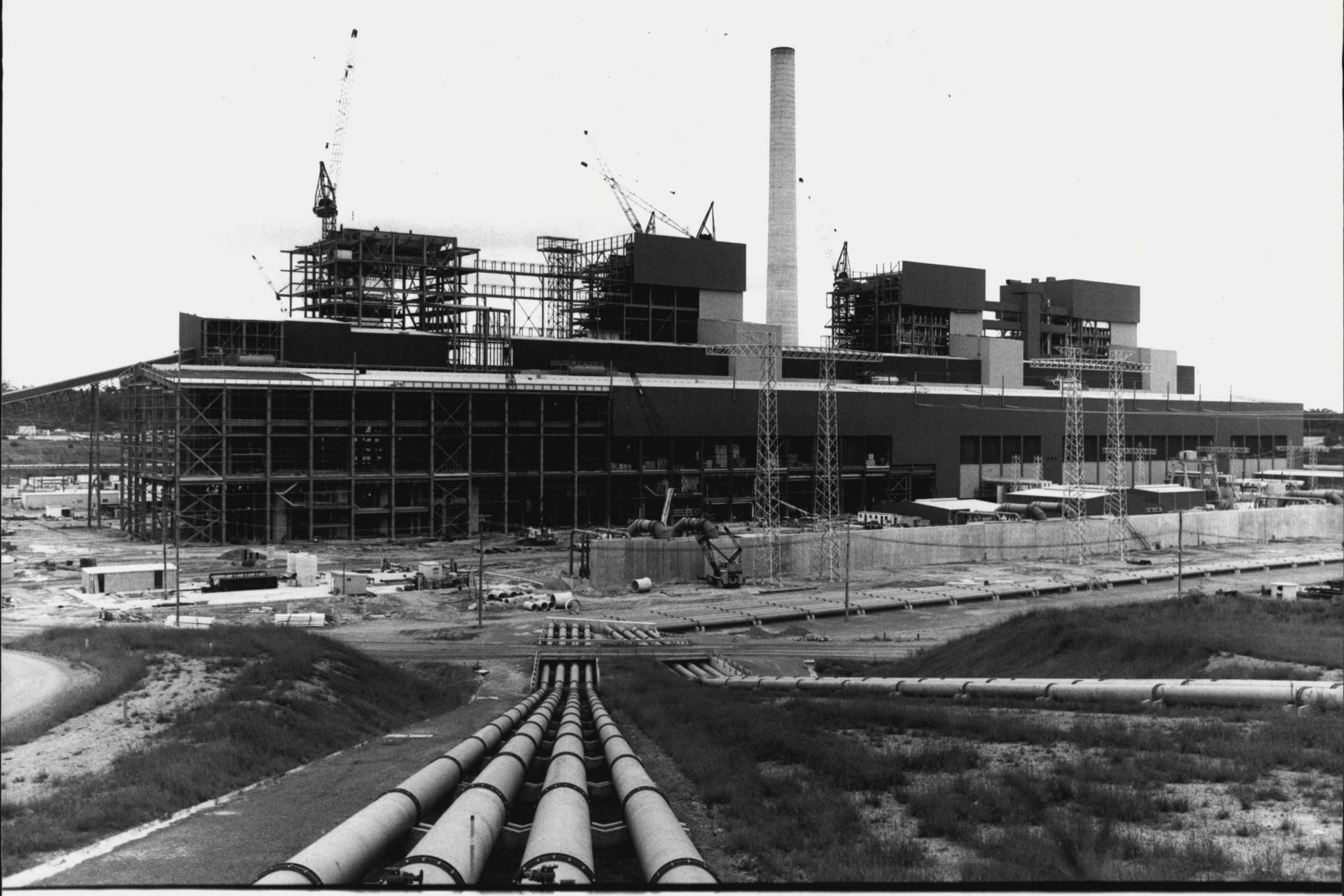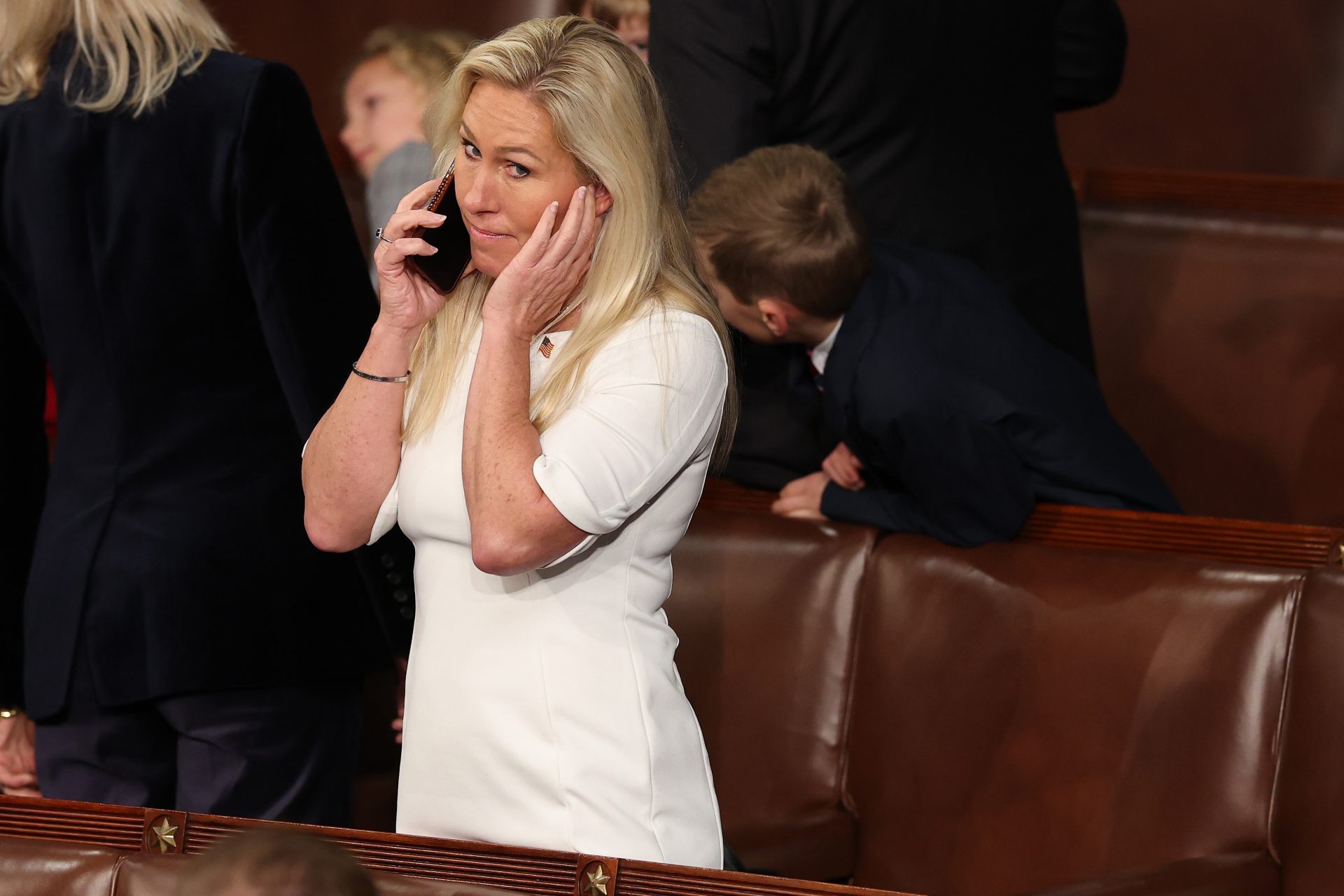What went wrong? Australia's problematic green energy transition
Renewable energy has the potential to address climate change once and for all. However, as recently evidenced in Australia, sometimes a solution can introduce a whole new set of challenges.
In September 2023, Australia reached a new record when wind and solar energy sources fulfilled 70% of the country’s power grid, the Australian website RenewEconomy reported.
British newspaper The Guardian claims that, at one point, 100% of Eastern Australia’s power needs could be met by renewable sources.
Meanwhile, as solar energy spearheads a green revolution, coal and gas reach a new low in Australia.
Image: @baj810 / Unsplash
One in three homes in Australia have solar panels, and the trend is projected to double in the following decade.
However, as green energy soars in Australia, a new set of challenges have surfaced.
According to the Australian Broadcasting Corporation, power prices are plunging into negative numbers during the daytime due to individual solar panels.
Large solar power companies, such as Gridcog, have expressed concern about this trend since it forced them to generate less energy or switch off entirely during such periods.
Image: @vmxhu / Unsplash
The problem? Solar energy is not a steady power source, depending on the weather and power consumption. The energy produced and consumed on a cold winter evening is not the same as on a lazy, sunny summer Sunday morning.
Image: @rarchitecture_melbourne / Unsplash
Basically, there are times when Australia produces too much power and doesn’t have a way to store it. After all, the electric industry has been focused on immediate power generation for over a century.
Some, such as state-owned West Australia provider Synergy, have started to build large battery sites, in anticipation of problems with the power grid.
Image: @cameronraynes / Unsplash
TIME magazine writes that Australian billionaire Mike Cannon-Brookes (pictured) is planning to build a massive solar farm in the country’s Northern Territory, predicted to be the world’s largest.
Cannon-Brooks plans to use this plant not only to cover the Australian energy market, but to supply Singapore through a 4,200-kilometer or 2,609 mile undersea cable.
Australia’s public broadcaster claims that, as investors focus on greener energies, the government is signing agreements to keep the coal power plants running for a few years to prevent snap closures.
A review by the state government of New South Wales recommended keeping open Eraring, Australia’s largest coal power plant, due to concern about blackouts.
The government of New South Wales intervened after the power company announced that it would close down the plant seven years before it was expected. This is estimated to cost local taxpayers millions.
Still, these are just a few new dilemmas and challenges we should get used to as green energy becomes more common in Australia and around the globe.
More for you
Top Stories



